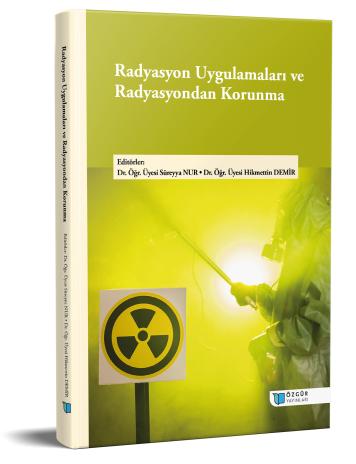
Radiation Applications and Radiation Protection
Synopsis
Radiation is the act of releasing energy in the form of electromagnetic waves or particles. Radiation is classified into two categories: ionizing and non-ionizing. The energy from radioactive elements in nature is known as natural radiation, while the energy from devices or sources linked to devices is referred to as artificial radiation. Photon is the term for energy generated from nature or objects with rest mass, while particle radiation refers to energy with specific mass. Currently, radiation is predominantly used for diagnostic and therapeutic purposes. Ionized and non-ionized radiation play a role in Radiology, Radiation Oncology, and Nuclear Medicine departments within hospitals. Both the patient and the staff must be informed about radiation protection, which varies depending on the type of energy used. With the advancement of technology in hospitals, there is an increasing use of radiation-producing devices, emphasizing the importance of radiation protection.
The book discusses how computerized tomography, micro-CT, mammography, panoramic radiography devices, image-guided radiotherapy techniques, and radiation shielding are used in medicine.

